The best type of four-wheeler is the one that complements your lifestyle.
So before you reach for your wallet, read up on the four different kinds of ATVs that exist.
There are four types of ATVs on the market today: some are designed strictly for hunting and hauling, some for off-road racing, while others kick serious butt on some pretty intense terrain.
If you like exploring uncharted territory with a few passengers, there’s an ATV designed to carry the masses (not really, but you get the gist). Planning a hunting trip with some close friends? There’re a variety of quads that can be modified to include more storage space and hauling equipment. Or maybe your entire family has caught the off-roading bug, even the kiddos, and everyone wants their own machine. Well, moms, rest easy because there’s a class of miniature rides made for tykes of all sizes.
When you know exactly what you want out of your ride, the pickin’s aren’t quite so daunting. Here’s a brief breakdown of the four different types of 4-wheelers you can choose from:
Utility ATVsThe name really does speak for itself for this particular class of four-wheeler. Tough, durable, and by all means powerful, the utility class of ATVs, or ‘UTV,’ is designed for the working man or woman, and the hunter.
Typically, these bad boys range from 800cc to over 1,000cc in engine size, making them capable of impressive feats of power. And since most utility ATVs feature exceptional cargo capacity and towing capabilities, they’re a hot commodity on the farm and/or ranch, when using a truck is either impractical or altogether impossible. Rest assured, with this type of quad, hauling equipment and animal feed will be a cinch.
Of course, plenty of riders use UTVs for recreational purposes (myself included) as well as for specialized work, but exercise caution since travel suspension is on the shorter side.
Sport ATVsIn addition to my UTV, I also own a 570cc sport ATV, which is about midrange as far as this class of quads goes.
Quick, lightweight, and responsive, sport ATVs are designed for adventurers and thrill-seekers. They don’t typically exceed 700cc, but some companies, like Polaris, are switching things up with their Sportsman® line. Travel suspension is off the charts in this category, and for good reason: they have to take riders where no other off-road vehicle can go.
What’s nice about these rides is that they can also be altered to fit the aesthetic you’re looking for and the performance you’ve been craving. Nerf bars, clutch kits, and aftermarket exhausts are the most common mods implemented in this four-wheeling class.
One thing’s for sure, tackling jumps, bumps, and turns is about as second nature for the sport ATV as making honey is for bees.
Side-by-Side (SxS)I’ve had a particular side-by-side on my wish list for a while now, but according to some members of my family (I won’t mention names), two quads is far too many. Still, if you have the garage capacity and you plan to make off-roading a family affair, then a side-by-side is your ticket.
Still, if you have the garage capacity and you plan to make off-roading a family affair, then a side-by-side is your ticket.
Comparable to a golf cart in size, side-by-sides are pretty equal in power and agility to the sport ATV, only their motors are even more powerful. And rightfully so, since these machines are designed to carry passengers and cargo.
They also feature the most able travel suspension of any of the four types of ATVs on the market currently, making them pretty popular in rural parts of the country where driving and hauling on smooth pavement is basically a pipe dream. Oh, and did you know Fire and Rescue teams, and even the military use side-by-sides for certain tasks? (I’m just building up my argument for the missus, folks.)
ATVs for YouthsI, myself, have two little ones at home, and both of them want to be “just like dad.” Naturally, they want to ride whenever I do, but my quad only has room for one passenger. So, for Christmas last year, Santa brought them each a little 50cc scoot.
So, for Christmas last year, Santa brought them each a little 50cc scoot.
I know what you’re thinking, moms, because I had a very...insightful conversation with my wife about this topic. But after she saw how manageable these machines were for our tiny novices, she changed her tune. Power is slight on ATVs made for children, and the transmission is automatic so they don’t have to fuss with gear changing—and let’s be honest, even some of us adults consider shifting a hassle.
Since ATVs for youths have negligible travel suspension, though, be careful where you take them; in other words, the smoother the path, the better. And, parents, do us all a favor and don’t go trying to ride your child’s quad—the vast majority can only support up to 100 pounds!
Note: RumbleOn is an Amazon Affiliate, dedicated to reviewing the best and safest gear and more, for riders everywhere. We may receive commissions if products are purchased from them.
If you’re in the market for a new ATV or UTV, you’ll soon discover there are quite a few different types available. The selection may feel overwhelming for someone that’s not too familiar with off-road vehicles, but you’ll learn that each type has its purpose.
We’ll have a look at the characteristic features they offer and provide a rating of how well-suited each of them is in typical riding applications so that you’re able to choose one that fits you and your specific needs.
In this overview, we’ve included both ATVs and UTVs (also known as side-by-sides or simply SxS). A UTV is technically speaking not an ATV, at least not according to the ANSI definition.
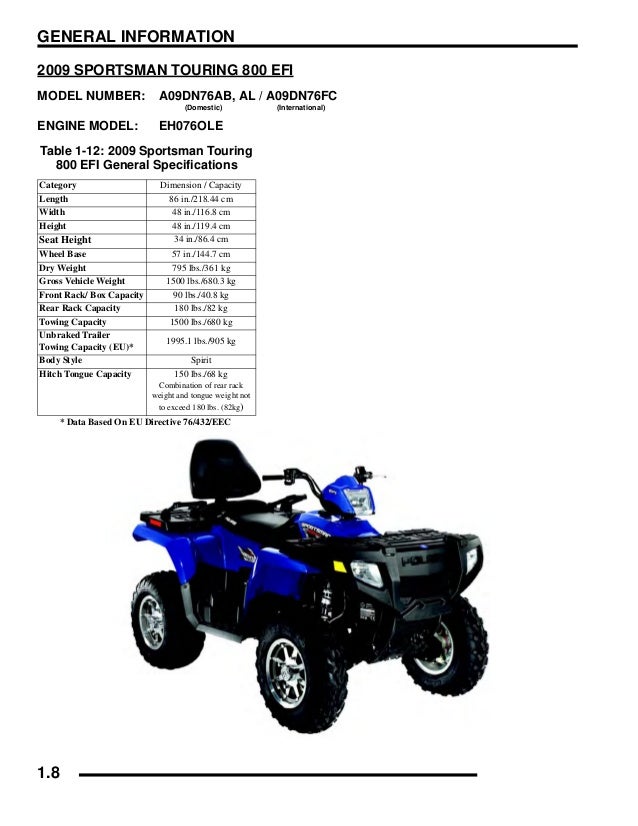
But since many people use the broader term ATV in their everyday speech when referring to any vehicle type in this post, it makes sense to cover all of them together.
The majority of adult-sized ATVs on the market are what are known as recreational and utility ATVs. These are vehicles designed to offer decent overall performance in a wide range of riding applications that meet the average rider’s needs.
Characteristic features of a Recreational and Utility ATV:
Related: 18 Typical ATV Features Explained and Beginner Guide: ATV Controls Explained (With Photos)
| Usage | Not Suited | Suited | Well Suited |
| Recreational trail riding and exploring | X | ||
| Farm work (utility) | X | ||
| Hauling cargo, hunting, camping | X | ||
| Racing | X | ||
| Mudding | X | ||
| Rock crawling | X | ||
| Accessing remote locations | X | ||
| Desert/dune riding | X | ||
| Youth riders | X |
A touring ATV share many of the same features as a recreational and utility ATV, except for one crucial difference. A touring ATV is designed for two people (rider + 1 passenger), whereas other recreational and utility ATVs are only for one person.
A touring ATV is designed for two people (rider + 1 passenger), whereas other recreational and utility ATVs are only for one person.
The wheelbase is extended by three to five inches to make room for one extra person, and stiffer springs are installed in the rear shocks to account for the added weight. A dedicated seat and handles are installed for the passenger to sit safely and comfortably. This seemingly moderate alteration to the design compared to a standard model makes the bike less likely to tip when going up and down a hill and makes for a less nimble riding experience in rough terrain.
Related: This is why ATVs have Large Seats (Hint: Not for Passengers)
Sports ATVs are also commonly referred to as “Racing ATVs” or “Performance” models. These are vehicles specifically designed for optimal performance in high-speed riding applications such as racing and thrilling trail rides.
Characteristic features of a Sport ATV:

Related: This Is Why ATVs Don’t Have Seatbelts, but UTVs Do
| Usage | Not Suited | Suited | Well Suited |
| Recreational trail riding and exploring | X | ||
| Farm work (utility) | X | ||
| Hauling cargo, hunting, camping | X | X | |
| Racing | X | ||
| Mudding | X | ||
| Rock crawling | X | ||
| Accessing remote locations | X | ||
| Desert/dune riding | X | ||
| Youth riders | X |
Racing quads.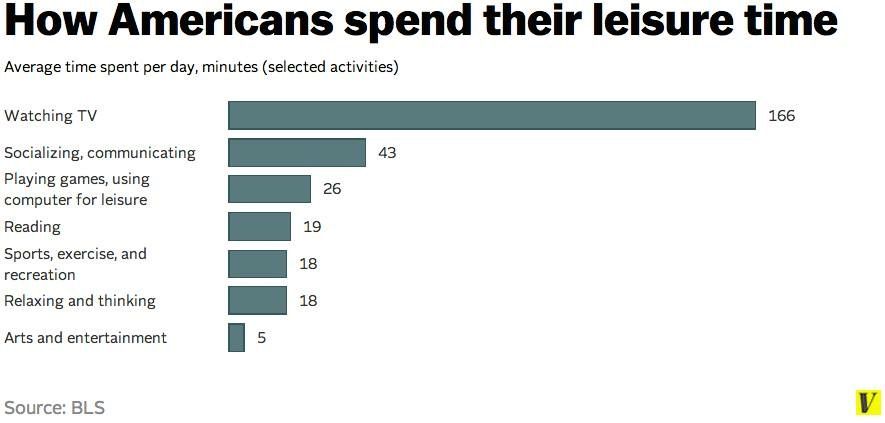 Sport ATVs with 2-wheel drive and a solid rear axle are typically referred to as racing quads. These bikes are purpose-built for speed and stability and are often used in racing or dune riding when modified with aggressively threaded paddlewheels at the rear. They are not very suited for more utility-oriented riding applications.
Sport ATVs with 2-wheel drive and a solid rear axle are typically referred to as racing quads. These bikes are purpose-built for speed and stability and are often used in racing or dune riding when modified with aggressively threaded paddlewheels at the rear. They are not very suited for more utility-oriented riding applications.
4×4 Sport ATVs. Sport ATVs with 4×4 are typically based on the frame and engine of a utility and recreational model. While they are tweaked towards performance, stability, and handling, you can still use them for odd utility jobs such as plowing snow or hunting.
Can-Am RenegadeYouth ATVs offer many of the same qualities and features as adult-sized ATVs but are scaled-down in size, weight, and power to accommodate the size and strength of younger riders. Many youth ATVs offer safety features such as speed limiters and even GPS technology that limits where the vehicle can go.
ATVs are highly interactive vehicles that use the weight and strength of the rider to aid stability and maneuvering in rough terrain.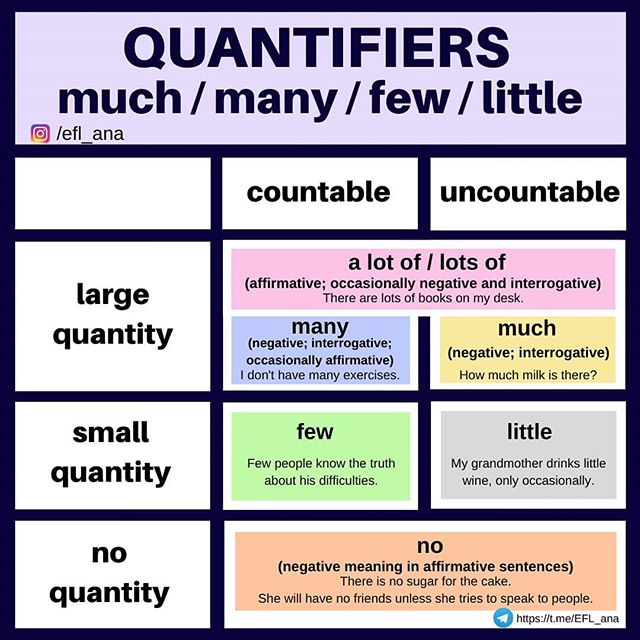 Since children in most canvases are smaller and have less muscle strength, they cannot operate an adult-sized ATV safely. In addition, they have not yet fully developed their ability to assess the risks and possible consequences involved with operating a powerful full-scale ATV.
Since children in most canvases are smaller and have less muscle strength, they cannot operate an adult-sized ATV safely. In addition, they have not yet fully developed their ability to assess the risks and possible consequences involved with operating a powerful full-scale ATV.
Youth ATVs are only meant for practice and play in a closed course under the supervision of an adult or on trails accompanied by adults. While they’re technically capable of performing many of the riding applications as listed under the various adult-sized ATVs and UTVs, the size and age of the rider are usually what ends up being the limiting factor, not what the ATV can handle.
General guidelines to what size of youth ATV to choose according to the age of the rider:
| ATV engine size | Rider Age |
| 70cc | 6+ |
| 90 to 110cc | 10+ |
| 200 to 250cc | 14+ |
| 250cc and above (adult-sized ATVs) | 16+ |
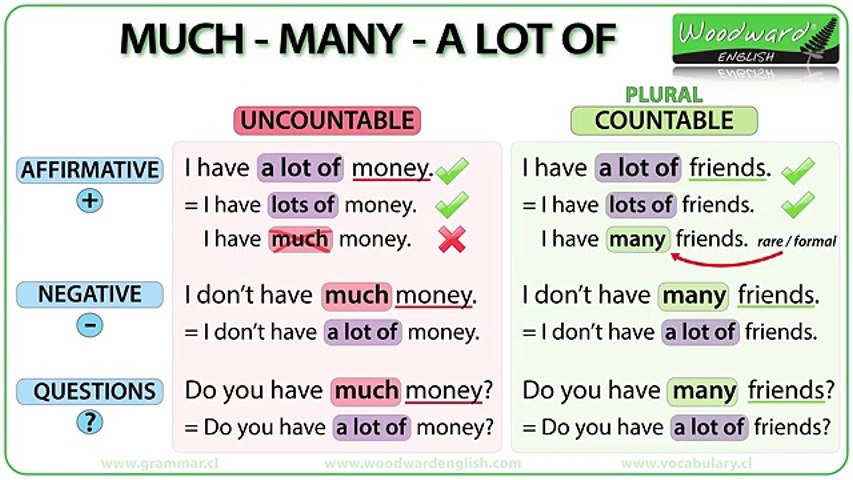
Please keep in mind that these recommendations will not be suitable for all children. Some children are small for their age and should use an ATV one size smaller than indicated by the overview. Also, remember that you, as an adult, are responsible for evaluating the child’s maturity level and whether they are ready for the responsibility of safely operating the specific vehicle size.
Some manufacturers offer ATV types that do not fit within any of the main categories. These are typically models designed towards a specific riding application where they will outperform all the other types. However, when used outside the specific purpose they were designed for, their unique design features may cause drawbacks the more universal models don’t struggle with
One example is the Can-Am XM-R editions or the Polaris High lifter edition, explicitly built for extreme mudding. These come factory equipped with common mudding mods such as large tires with an aggressive paddle-style thread pattern lifted suspension and undercarriage components for better ground clearance and relocated radiator for easy cleaning.
Another example is the 6X6 models offered by Can-Am and Polaris. These models are fitted with one extra rear axle and a flatbed for improved traction and larger cargo capacity. They are a sworn favorite for utility work in wet and remote locations, but the added length does take a toll on maneuverability.
Can-Am Outlander 6×6Other types are Hunting editions with camo print, brush guards, and sturdy cargo racks or 4×4 utility models featuring a cargo flatbed such as the Textron ALterrra TBX.
Heading over to the SxS and UTV category, we find various vehicle types designed to accommodate specific needs, just like with ATVs.
All UTV and Sise-by-Sides share these standard features:
A utility UTV (SxS) is designed to aid farmers, ranchers, and professionals in their day-to-day operations. They perform many of the same tasks traditionally done by a pick-up truck, but with even more impressive off-road capabilities and convenience for the operator.
Characteristic features of a Utility UTV (SxS):
| Usage | Not Suited | Suited | Well Suited |
| Recreational trail riding and exploring | X | ||
| Farm work (utility) | X | X | |
| Hauling cargo, hunting, camping | X | ||
| Racing | X | X | |
| Mudding | X | ||
| Rock crawling | X | ||
| Accessing remote locations | X | ||
| Desert/dune riding | X | ||
| Youth riders | X |
A crew cab UTV is to utility UTVs like a touring ATV is to rec/utility ATVs. They share many of the same features as a utility UTV but come with an extra row of seats to fit more passengers. Both sports UTVs and utility UTVs come in crew cab configurations. Some models feature a longer wheels base to make room for more seats, while others feature a smaller cargo box than the 2-up models.
They share many of the same features as a utility UTV but come with an extra row of seats to fit more passengers. Both sports UTVs and utility UTVs come in crew cab configurations. Some models feature a longer wheels base to make room for more seats, while others feature a smaller cargo box than the 2-up models.
Crew cab UTVs will fit four to six people, depending on which model you choose. Just as with ATVs, the increased wheelbase makes them heavier, a bit harder to navigate in rough terrain, and slightly more expensive.
Sport Side-By-Sides is all about performance. No other type of vehicle offers such an impressive combination of acceleration, extreme suspension, speed, and handling over any terrain out of the box.
They can handle jumps, high-speed cornering, bumpy roads, and hardcore terrain like it’s a walk in the park. If you’re looking for adrenaline, you’d be hard-pressed finding a more suitable off-road vehicle.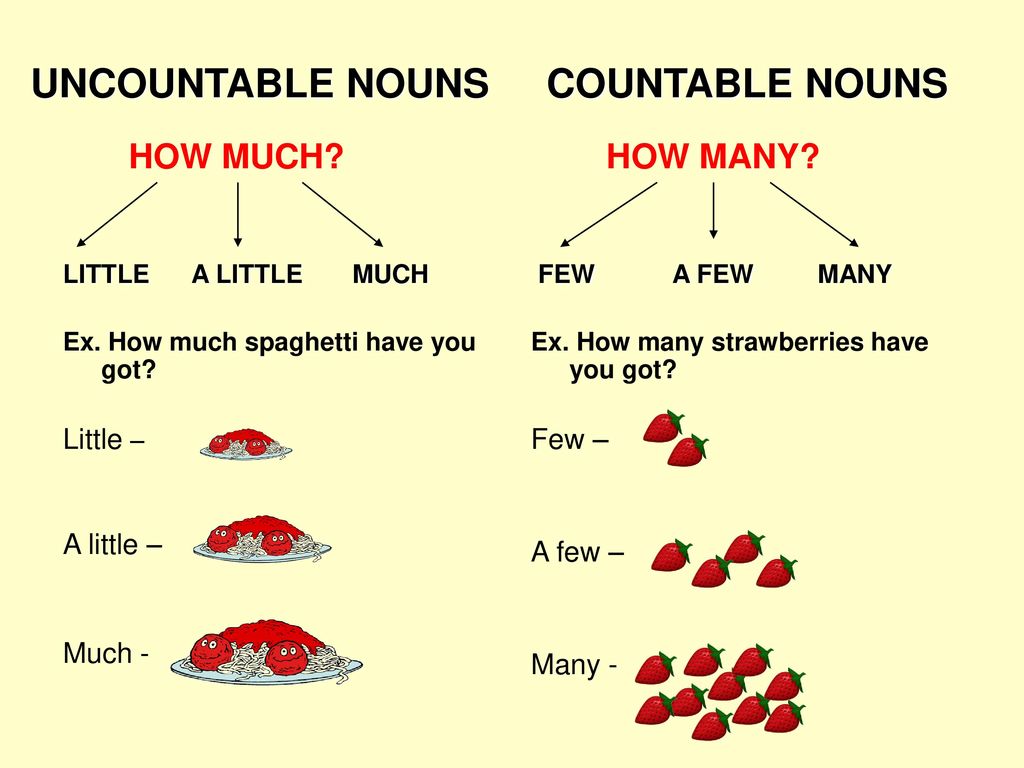
Note that Side-By-Sides prefer open terrains over narrow forest trails full of obstacles. They thrive in the desert but may not be the best option for the forest.
Characteristic features of a Sport Side-By-Side (SxS):

| Usage | Not Suited | Suited | Well Suited |
| Recreational trail riding and exploring | X | ||
| Farm work (utility) | X | ||
| Hauling cargo, hunting, camping | X | ||
| Racing | X | ||
| Mudding | X | ||
| Rock crawling | X | ||
| Accessing remote locations | X | ||
| Desert/dune riding | X | ||
| Youth riders | X |
A youth Side-By-Side is a scaled-down adult size SxS design for younger riders at ten years of age or older. This type of ATV is becoming increasingly more popular over traditional youth ATVs due to safety features such as
This type of ATV is becoming increasingly more popular over traditional youth ATVs due to safety features such as
Please note that even though a youth ATV offers many compelling safety features, it doesn’t mean accidents can’t happen. If the vehicle rolls over into a ditch, it is crucial for the child’s safety that the riding only happens under adult supervision and in a controlled environment.
PS: While most of the photos in this post display Can-Am ATVs and UTVs, these are only meant as examples. Polaris, Honda, Yamaha, Textron (Arctic-Cat), Kawasaki, and CF Moto are other well-reputed manufacturers to look into. The only reason this post is Can-Am heavy is that they were nice enough to allow me to use their photos on this site.
The first ATVs were like mini-tractors - they were used for household tasks. Later they began to ride for entertainment. Time has shown that it is more comfortable to ride an SSV with an automobile-type cab for long distances. In this article, we will understand the main types of technology so that there is no confusion in terminology.
Later they began to ride for entertainment. Time has shown that it is more comfortable to ride an SSV with an automobile-type cab for long distances. In this article, we will understand the main types of technology so that there is no confusion in terminology.
When people talk about ATVs, they most often mean ATV.
ATV (all terrain vehicle) is a four-wheeled off-road vehicle with a motorcycle-type steering and seating position. ATVs can be ridden both off-road and on public roads.
By purpose, ATVs are classified into utilitarian, tourist, sports and children's.
Example ATV - CFMOTO CFORCE 1000 EPS.
ATV class ATV CFMOTO CFORCE 1000 EPS
. Some models have cab with roof, full-length windshield and doors. Anatomical seats with seat belts are installed on SSV ATVs. ATVs of this class are suitable for off-road trips and utilitarian tasks. A bright representative of the class is the CFMOTO ZFORCE 1000 SPORT EPS.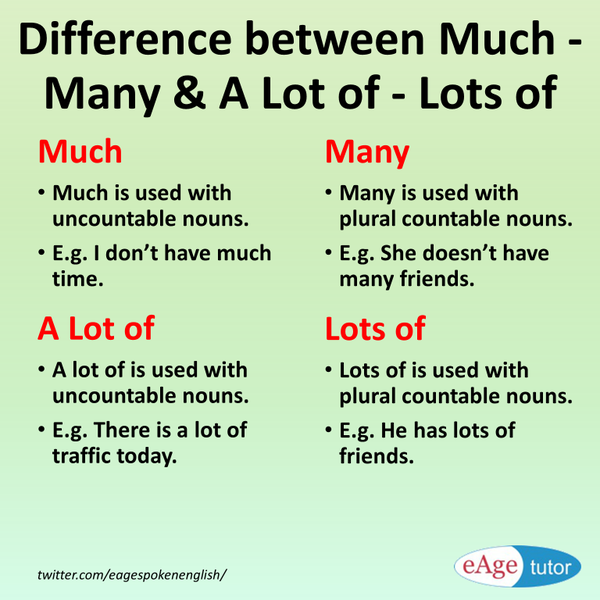
SSV CFMOTO ZFORCE 1000 Sport EPS
Vehicle-type equipment with good cross-country ability. She has a spatial safety cage, a wide track, a low center of gravity and a powerful engine.
A striking example of a buggy is Ariel Nomad
Quadricycles are four-wheeled motor vehicles with a capacity of not more than 20 hp. With. and curb weight up to 400 kg. They have a car steering wheel, pedals, cockpit and seating - in this they are similar to side-by-side ATVs. They also allow elements typical of motorcycles, for example, the steering wheel and levers.
An example of a quadricycle is a SZM-S3D motorized wheelchair, popularly called a “disabled woman”
These vehicles have three wheels and are intended for driving on public roads. The engine capacity of the tricycle exceeds 50 cubic meters. see, and the speed is 50 km / h. The traffic police authorities classify this transport into category L5.
The engine capacity of the tricycle exceeds 50 cubic meters. see, and the speed is 50 km / h. The traffic police authorities classify this transport into category L5.
An example of a tricycle is the Chinese cargo Musstang MT250-4V.
| Quads | ATVs | |
| Power | Small | High |
| Purpose | Public roads | Off-road and public roads |
| Registration authority | traffic police | Gostekhnadzor |
| Document | Vehicle Passport | Passport of a self-propelled machine |
| Rights | M - moped (for vehicles with an engine capacity of not more than 50 cc). Depending on the engine size and the design of the equipment, category B, B1, A, A1 licenses may also be required. | Tractor driver's license category A1. |
Let's summarize. The main differences between ATVs are the landing and the location of the controls. If an ATV has a motorcycle seat, then a UTV, SSV and buggy have a car seat. Quadricycles differ from ATVs in their low-powered engines. They are intended exclusively for public roads. They also need category B licenses.
Articles
24 Apr
As in philosophical discourses about things and ideas, where it was argued that when the word "apple" people represent completely different apples, we can assume that when the word "quad bike" two people are likely to imagine different models of technology. And this inconsistency is fully justified. At the moment, there is a truly huge number of ATVs that differ in appearance, internal content and, of course, purpose.
Let's try together to understand all the existing diversity of the modern ATV market.
The first classification worth discussing is the division of all ATVs into ATV (all-terrain vehicle) and UTV (utility task vehicle). The main difference between these two types is the fit - motorcycle for ATV and car for UTV. ATV also has a bicycle type handlebar, it can be single or double. A passenger in a two-seater ATV sits behind the driver. The UTV is controlled using an automotive-style steering wheel, the number of seats can vary from 2 to 6, while in a two-seater UTV, the passenger will sit on the side of the driver. Not only can UTVs fit more people, but more often than not, they have more payload capacity.
B o Most ATVs in production today are equipped with four-wheel drive, independent suspension and automatic transmission, in which, in addition to moving forward, reverse and neutral gear, you can often find a lower gear. A low gear allows more torque to be transferred to the wheels at low speeds, which in difficult areas saves ATVs from overheating the clutch. However, there is a whole class of ATVs that do not fit these characteristics. These are cross bikes.
A low gear allows more torque to be transferred to the wheels at low speeds, which in difficult areas saves ATVs from overheating the clutch. However, there is a whole class of ATVs that do not fit these characteristics. These are cross bikes.
| The cross-country ATVs borrowed more than just the handlebars and landing from their two-wheeled brethren. This extremely sporty mode of transport is equipped with a manual transmission, similar to that found on motocross bikes. The manual clutch and suspension features make this type of ATV geared for fast cross-country riding. Another difference is the lightweight design - nothing should interfere with speed and maneuverability. This is the choice of those who have chosen the path of a real quad racer. If this is not your goal, you should look at other models. For example, to utilitarian ATV. | KAYO produces not only children's ATVs, |
Utility ATV is a type of ATV, which currently includes models with quite different characteristics. All of them are united by the already mentioned four-wheel drive and automatic transmission (although there are exceptions here). The emphasis here is not on speed and maneuverability, but on power and maneuverability. The main areas of use for such ATVs include chores and travel. In the first case, the hitch, winch and roof racks come to the rescue, turning your ATV into a means for towing, transporting cargo and a best friend in any incomprehensible situation that awaits you when working on the site.
All of them are united by the already mentioned four-wheel drive and automatic transmission (although there are exceptions here). The emphasis here is not on speed and maneuverability, but on power and maneuverability. The main areas of use for such ATVs include chores and travel. In the first case, the hitch, winch and roof racks come to the rescue, turning your ATV into a means for towing, transporting cargo and a best friend in any incomprehensible situation that awaits you when working on the site.
Quad bike travel has earned its popularity thanks to the ability to explore any, even difficult places. A whole subspecies - tourist ATV - makes these trips as comfortable as possible. They are designed for a long trip, most often mean a place for a passenger and are designed for operation in various conditions.
| One of the new products of 2019 - | Liter CFMOTO X10 – another novelty |
However, the possibilities of ATV use don't stop there, because we didn't mention extreme off-road driving. ATVs designed for active movement on rough terrain are distinguished by more power and durability, higher ground clearance (ground clearance) and the removal of the radiator to the front rack to protect against dirt. Such models are indispensable when it comes to extreme driving, but have a higher cost. Also, it is worth paying attention to the fact that some "mud" models will shorten their uninterrupted service life if they are not used for their intended purpose.
ATVs designed for active movement on rough terrain are distinguished by more power and durability, higher ground clearance (ground clearance) and the removal of the radiator to the front rack to protect against dirt. Such models are indispensable when it comes to extreme driving, but have a higher cost. Also, it is worth paying attention to the fact that some "mud" models will shorten their uninterrupted service life if they are not used for their intended purpose.
Polaris Dirt Conqueror - Spotsman XP 1000 High Lifter
Turning to UTV , I want to immediately note: despite the name, which tells us about the economic orientation of this type of all-terrain vehicles, this is not the only area of their use. Undoubtedly, the UTV finds itself in agricultural work and comes to the aid of farmers. Keeping all the advantages of utilitarian ATVs, "steering" models bypass them in the volume of cargo carried, the maximum number of people and the level of safety.